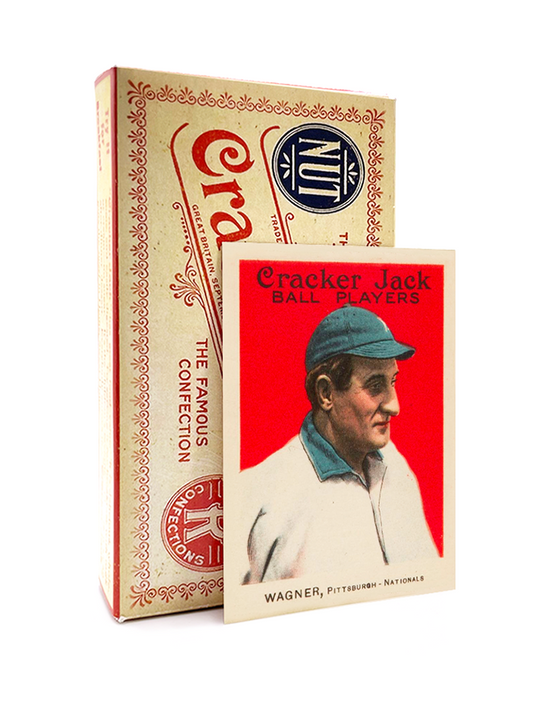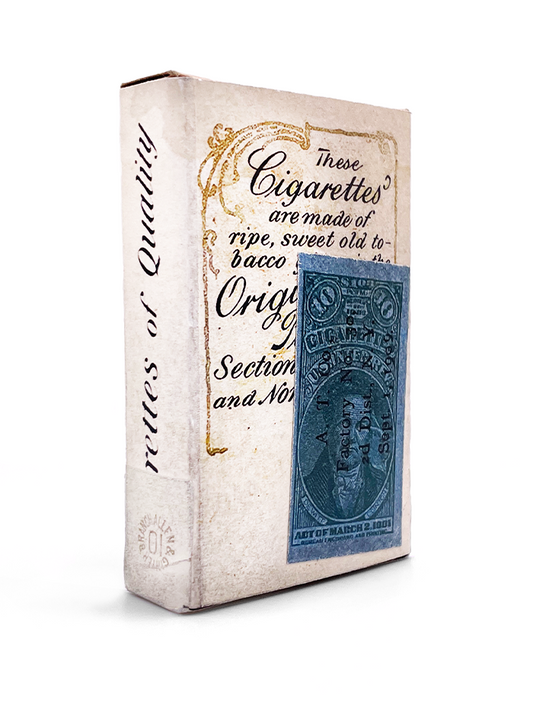
The Role of Baseball Cards in Building a Sports Legacy
Share
Baseball cards are more than just collectibles; they are snapshots of history, culture, and sportsmanship. From their origins as tobacco card inserts to their place in modern hobbyist culture, these cards have been instrumental in shaping the narrative of baseball as America's pastime.
The Early Days: Tobacco Cards and Marketing
The earliest baseball cards, such as the legendary T206 series, served as promotional tools for tobacco companies. These cards immortalized players like Honus Wagner and Cy Young while connecting fans to the sport in a tangible way. Over time, they became cherished collectibles, transcending their initial marketing purpose.
What Made Early Baseball Cards Special:
- Artistic portraits and player stats that celebrated the game.
- Rare cards that captured legends in their prime.
- A tangible connection to the sport during its golden age.
Fostering Fan Engagement
Baseball cards have served as a gateway for fans to connect with the game. Young collectors of the 20th century were introduced to players and stats through packs of cards, fostering lifelong fandom. The rise of card trading further enhanced engagement, as collectors bonded over their shared passion.
Baseball Cards in Modern Culture
Today, baseball cards are more than collectibles—they are cultural artifacts. From hobby shops to online auctions, cards like the 1952 Topps Mickey Mantle or the T206 Honus Wagner command astronomical prices. These cards represent not just the sport but also the memories, nostalgia, and history associated with them.
Conclusion
Baseball cards are not just mementos—they are the DNA of the sport's legacy. They preserve the history of players, teams, and moments that define baseball. For fans and collectors alike, they are a timeless way to celebrate and honor the game.









